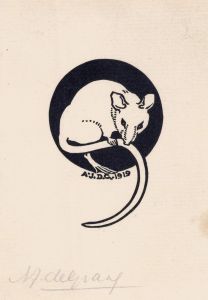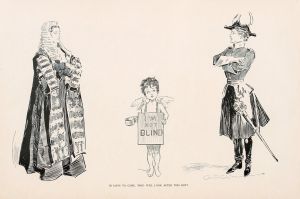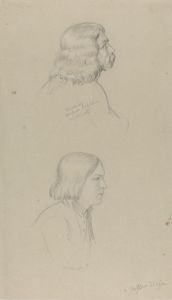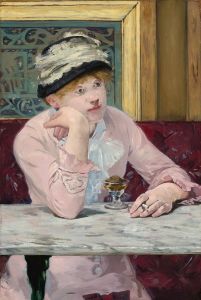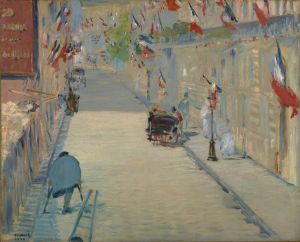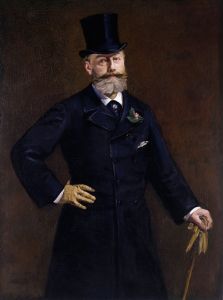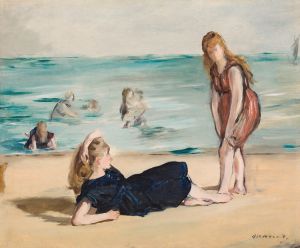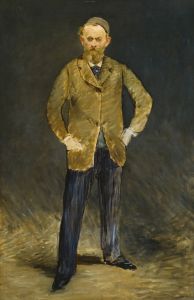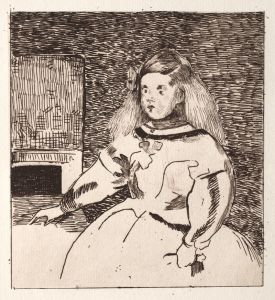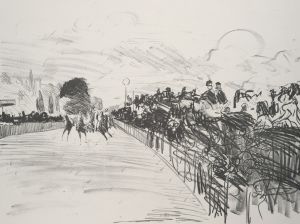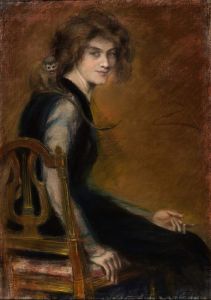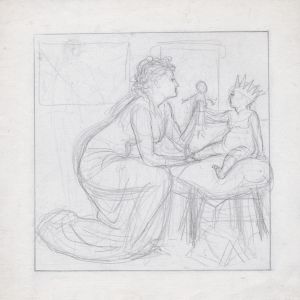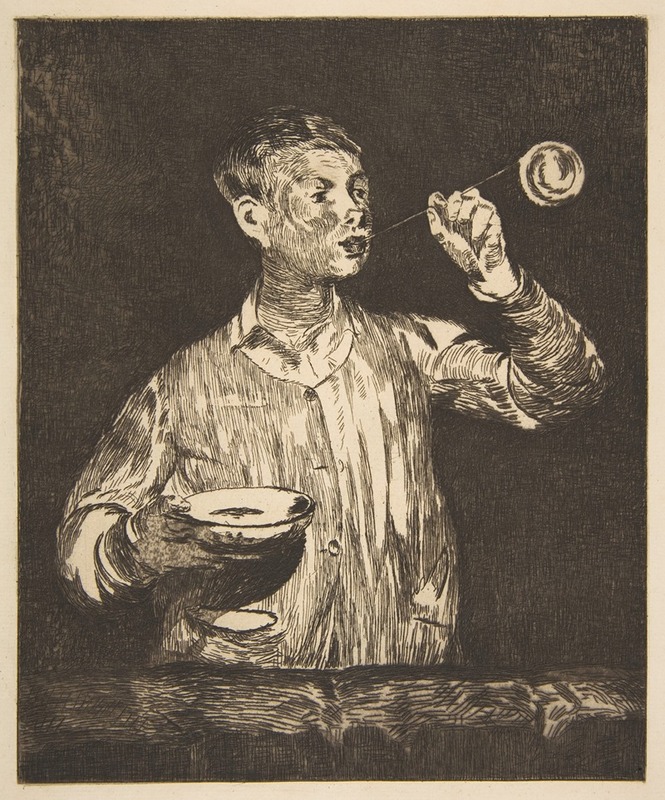
Boy with Soap Bubbles
A hand-painted replica of Édouard Manet’s masterpiece Boy with Soap Bubbles, meticulously crafted by professional artists to capture the true essence of the original. Each piece is created with museum-quality canvas and rare mineral pigments, carefully painted by experienced artists with delicate brushstrokes and rich, layered colors to perfectly recreate the texture of the original artwork. Unlike machine-printed reproductions, this hand-painted version brings the painting to life, infused with the artist’s emotions and skill in every stroke. Whether for personal collection or home decoration, it instantly elevates the artistic atmosphere of any space.
Édouard Manet's Boy with Soap Bubbles is a painting created in 1867, during a period when the artist was exploring themes of fleeting beauty and the transience of life. The work depicts a young boy blowing soap bubbles, a motif that has historically been associated with the concept of vanitas, a symbolic reminder of the brevity and fragility of human existence. The painting is rendered in Manet's characteristic style, which combines a loose, painterly technique with a focus on capturing the immediacy of the moment.
The composition is relatively simple, with the boy positioned against a dark, neutral background that emphasizes his figure and the delicate, iridescent bubbles. The boy's youthful face and concentrated expression draw the viewer's attention, while the bubbles themselves serve as a focal point, symbolizing the ephemeral nature of life. The subdued color palette and the contrast between light and shadow reflect Manet's interest in the effects of light and his ability to create depth and atmosphere with minimal detail.
Manet's choice of subject matter aligns with the broader artistic tradition of using soap bubbles as a metaphor for life's transience, a theme that can be traced back to Dutch and Flemish still-life paintings of the 17th century. However, Manet's interpretation is distinctly modern, as he strips away the overtly moralistic tone often found in earlier works and instead presents the scene with a sense of immediacy and realism.
The painting was created during a pivotal time in Manet's career, as he was transitioning from his earlier, more controversial works to a style that would later influence the Impressionist movement. While Boy with Soap Bubbles does not exhibit the plein air techniques associated with Impressionism, it demonstrates Manet's innovative approach to composition and his ability to convey complex ideas through seemingly simple imagery.
Today, Boy with Soap Bubbles is recognized as an important example of Manet's ability to blend traditional themes with modern sensibilities. The painting is housed in the Calouste Gulbenkian Museum in Lisbon, Portugal, where it remains a testament to Manet's enduring influence on the art world.





